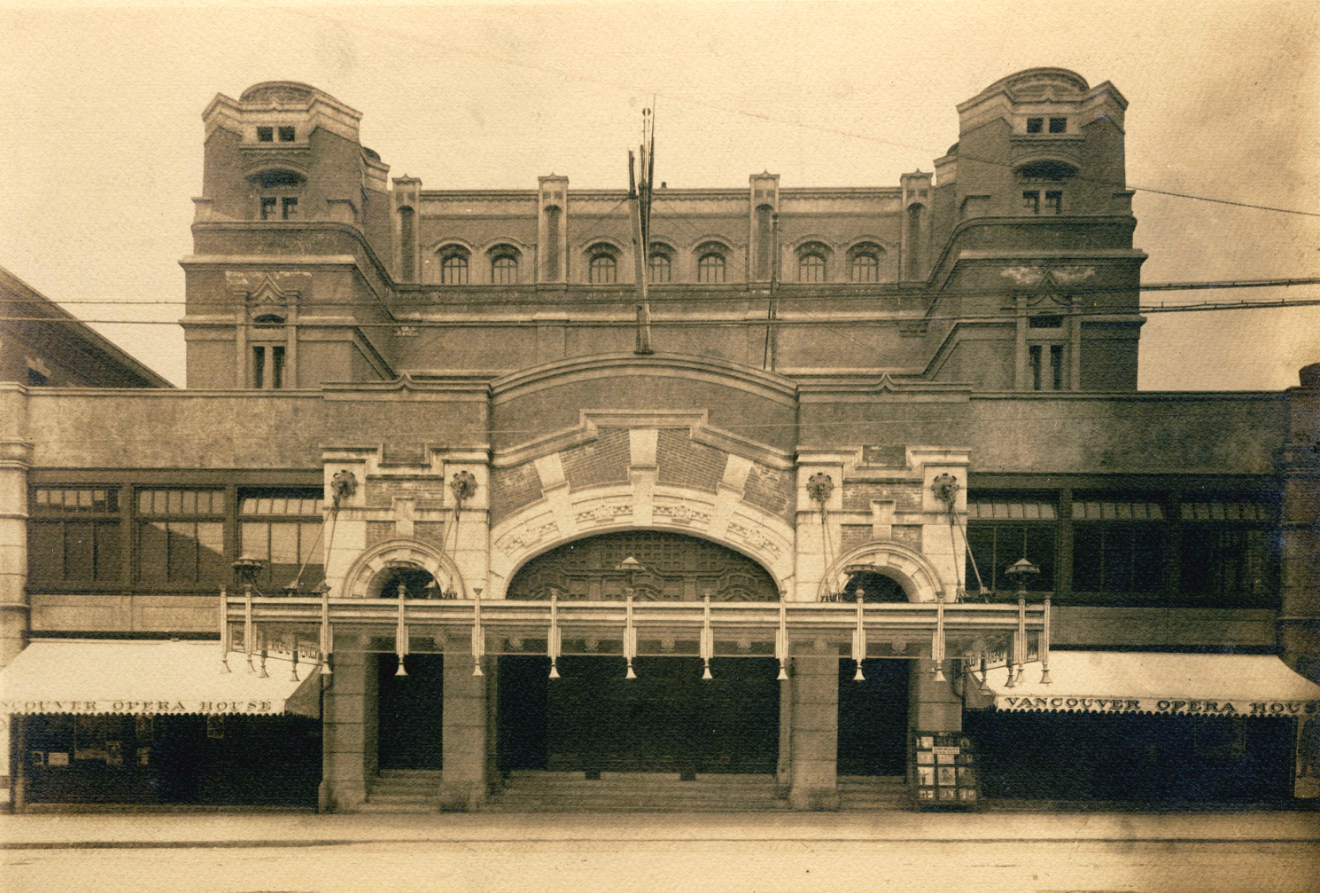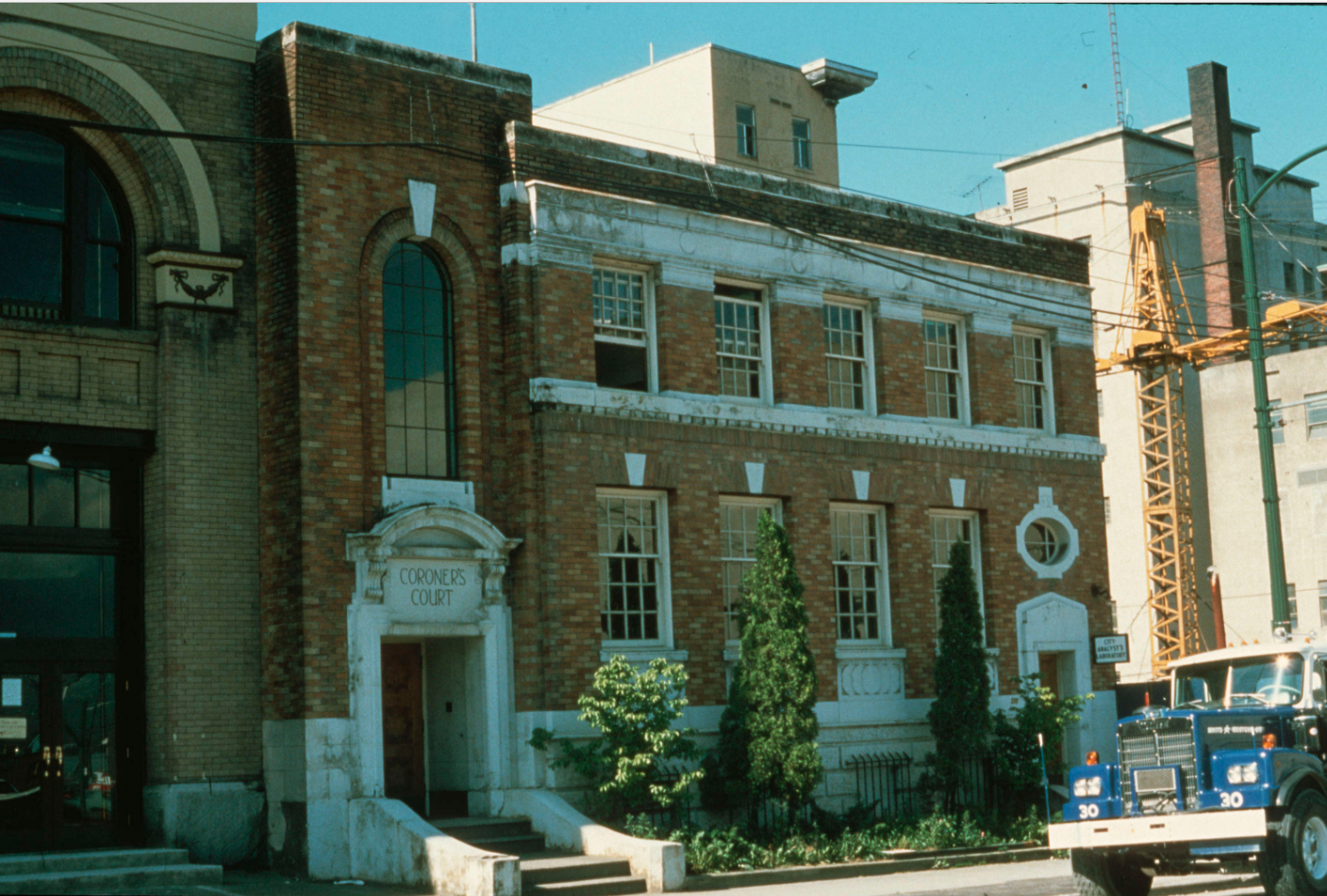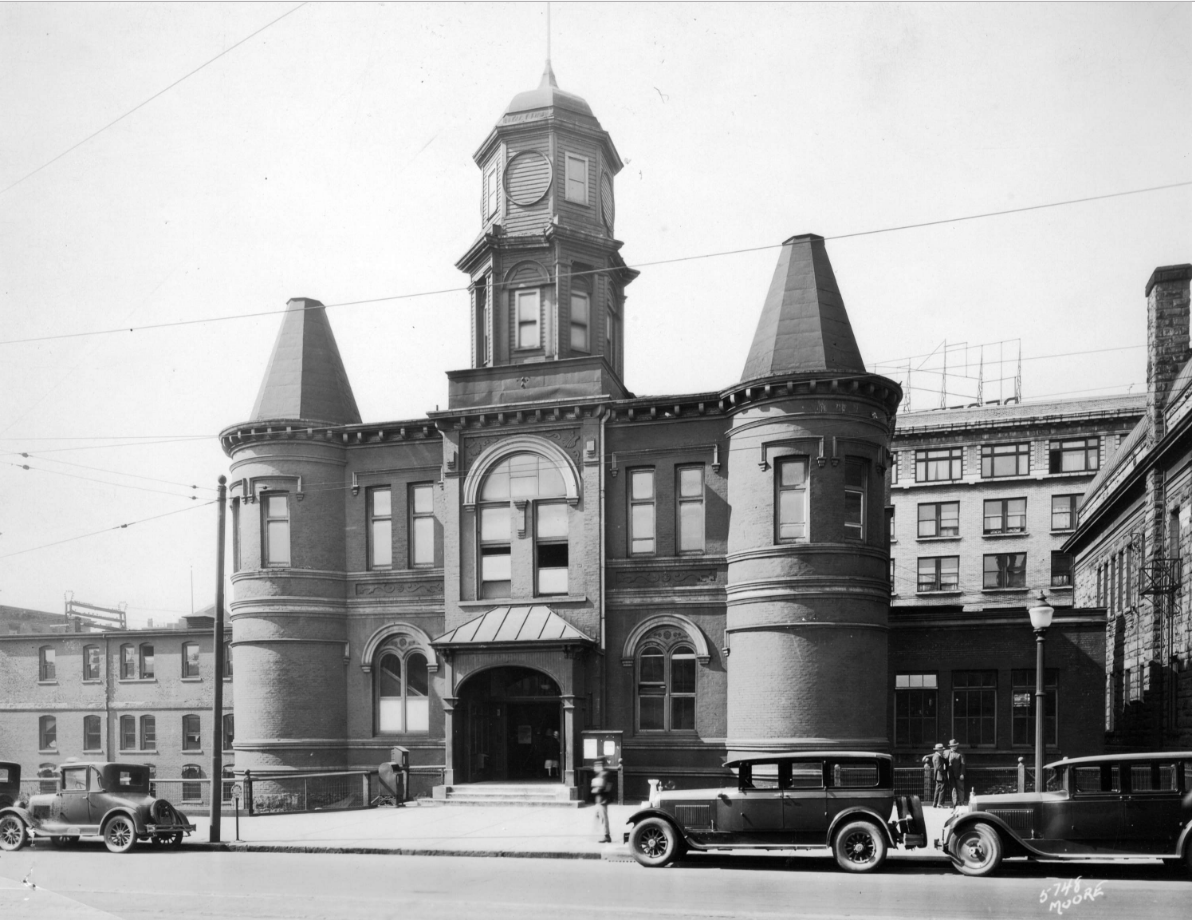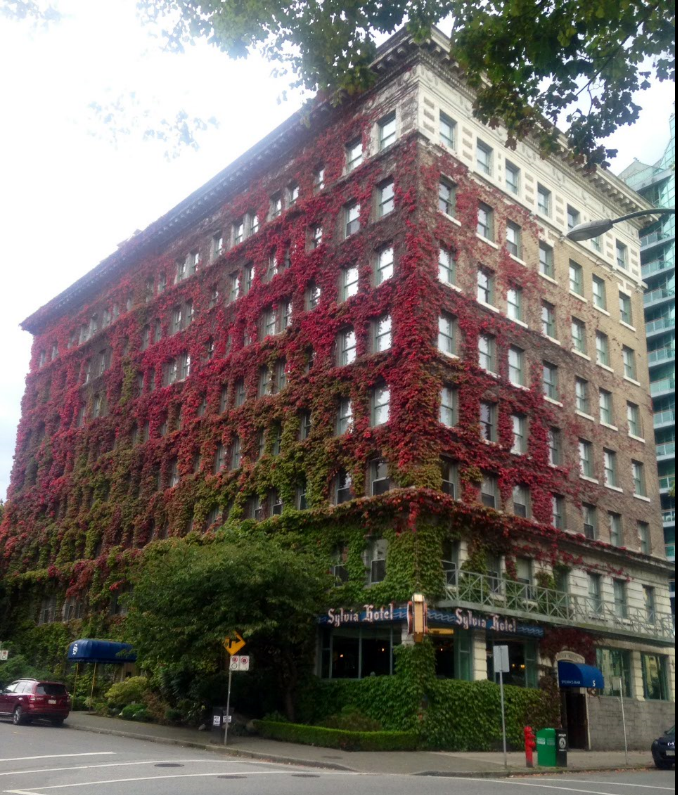This is an ongoing series that asks people who love history and heritage to tell us their favourite existing building and the one that never should have been torn down.
Bill Allman is a “recovering lawyer” and instructor of Entertainment Law at UBC. Bill has been a theatre manager (the Vogue), president of Theatre Under the Stars, and a concert promoter through his company, Famous Artists Limited. He is no longer willing to move your piano.
Favourite existing building: The Jericho Sailing Club because the main club building, along with the hostel, Jericho Arts Centre and the City works yard, is the only remaining structure from the RCAF Station Jericho Beach. In its latter years, the RCAF Station was home to several army units including 156 Company Royal Canadian Army Service Corps. That was my father, Major Arthur Allman’s unit. Dad’s office was housed in one of four massive hangers that stood on the site until the ’90s. It was in one of those hangars that, as the young child of a Militia officer, I sat on the knee of my very first Santa Claus and I played on the private DND-owned beach. I learned to swim in the ocean water outside what is now the Sailing Club.

The building that should never have been torn down: I want my opera house back. The Vancouver Opera House, opened in 1891 and hosted a wide variety of “legitimate” dramas as well as vaudeville and music; but not much opera. The theatre was elegantly appointed and intended by the CPR to add to Vancouver’s status as a world class city. Over the years, the theatre often changed hands and, after a complete renovation in 1913, had a life as the “New Orpheum.”. The old Vancouver Opera House survived until 1969 when they ripped it down in favour of that effing Pacific Centre Mall. Nothing says “culture” like a shoe sale.
Kristin Hardie is the curator for the Vancouver Police Museum.

Favourite existing building: I can’t help but choose 240 East Cordova, now the home of the Vancouver Police Museum and once the Coroner’s Services and the City Analyst Laboratory. Built in 1932, it was the last project architect Arthur J. Bird worked on in Vancouver. Fitting that he ended his career with the Morgue, no? The two-story building is made up of a wonderful mixture of classic Georgian Revival and Art Deco styles . The original design elements inside include the Georgian banister up the front stairs and the unique arched wooden roof in what was once the courtroom—oh and not to mention the actual rooms and autopsy tables used by the pathologist and the Coroner’s Services during 50 years of death investigations.

The building that should never have been torn down: The City Hall on Westminster (now Main) street was a robust turreted building that acted as Vancouver’s municipal and political hub for 30 years. It was built in 1890 to house a market on the lower level and a community gathering space above. It became City Hall eight years later. I love that it was nestled deep within the bustling east side neighbourhood–the busiest part of the city before big businesses started to move downtown. There, it was accessible and stood face-to-face with the regular people of the city. That in-and-of-itself should have guaranteed its longevity. I mean really, who tears down their own City Hall? The wrecking ball came in 1958 and in its place is a squat, single story brick eyesore.
Pamela Post is an award-winning Vancouver journalist, broadcaster and part-time journalism instructor/mentor at Langara College. She was born in the West End and now lives next door to the Sylvia Hotel.

Favourite existing building: This stately brick and terracotta building stands proudly as a vestige of a long-vanished Vancouver. Designed by architect William P. White and built in 1912 as an apartment building before being converted to a hotel in 1936, it’s named for the owner’s daughter Sylvia Goldstein. GM Ross Dyck tells me that in the autumn, the hotel used to get calls from the Coast Guard station in Kitsilano, saying boaters in English Bay were confusing the bright reds and yellows of the vine with a building on fire. The same family has owned the Sylvia since 1960 and steadfastly celebrated its heritage while regularly refusing lucrative offers to sell. A family recently celebrated its fifth generation of family members married at the Sylvia. The first was a young soldier, heading off to war in 1914. I often say to my friends ‘ahh, the Sylvia Hotel – where it’s always 1947.’

The building that should never have been torn down: The Englesea Lodge which once sat on Beach Avenue, was also designed by the same architect as the Sylvia Hotel in 1911. Throughout the ‘70s, the seven-storey building was a pawn in a civic battle royale between the Vancouver Park Board that viewed it as an ‘eyesore and blight’ at the entrance to Stanley Park, and a city council which was facing a severe housing shortage (sound familiar?) and pressure from the heritage-loving ‘Save the Englesea’ movement. The latter which proposed a rent-controlled residence for seniors with a tea/coffee house and educational facility in the lobby. In the end arson took care of the problem and the Englesea was removed from the landscape in 1981.
For more on the series see:
- Heritage Streeters with Anne Banner, Tom Carter, Kerry Gold and Anthony Norfolk
- Heritage Streeters with Michael Kluckner, Jess Quan, Lani Russwurm and Lisa Anne Smith
- Heritage Streeters with Caroline Adderson, Heather Gordon, Eve Lazarus, Cat Rose and Stevie Wilson
- Heritage Streeters with John Atkin, Aaron Chapman, Jeremy Hood and Will Woods




10 comments on “Heritage Streeters with Bill Allman, Kristin Hardie and Pamela Post”
My mother worked as a cook ( chef) at the Sylvia for many years. She worked on the top floor “dine in the sky” and on the ground level restaurant. Her boss at the time was Mr Reeves. Another family friend worked at the front desk her last name was Ditlow , I went to school with her daughter Cathy at Guardian Angels school at Davie and Broughton. Ms Post has picked two of my favorite buildings in the West End. Love the memories, thanks
Thanks for adding to the story Doug!
Love these posts Eve! Keeps the memories alive in this Vancouver born gal!
Thanks Sandra, always appreciate the feedback!!
The Sun Tower for sure, except I want to start a movement to have the SUN sign with the “bolts” and the lights going down the dome put back up, it looked fabulous. I made a post on a FB group called Nostalgic/Sentimental Vancouver and got a huge positive response. Guess I can’t post a picture here of the old girl all dressed up in her old glory days but they can be found on Google. I have no idea who to approach/lobby about this but I’m going to do something even if I have to go to City Hall and make a pest of myself. If you have any ideas feel free to contact me.
Hi Maureen, thanks for dropping by. I run a FB page called Every Place has a Story: https://www.facebook.com/everyplacehasastory/ Please feel free to post with your great idea about resurrecting the sign. I imagine it would be up to the building’s owners and whatever bylaws are in place. Course, I’m assuming that the sign still exists and is available?
it’s in the photo from your Canada post office building, with the helicopter…
What about Saint Paul’s Hospital, I’m really concern about the proposal to demolish it. We have to protect that historic site.
What should never have been demolished? There are so many, but The Georgia Medical-Dental Building. What on earth were they thinking? A great loss.
I’d also concur with the Sun Building as an existing treasure — a real beauty and historically significant.
[…] Vancouver Opera House […]